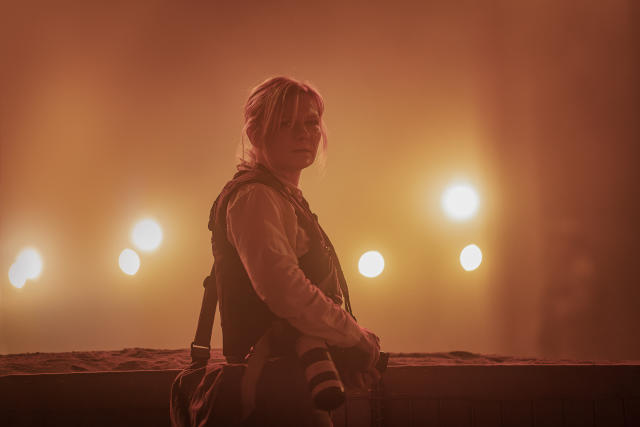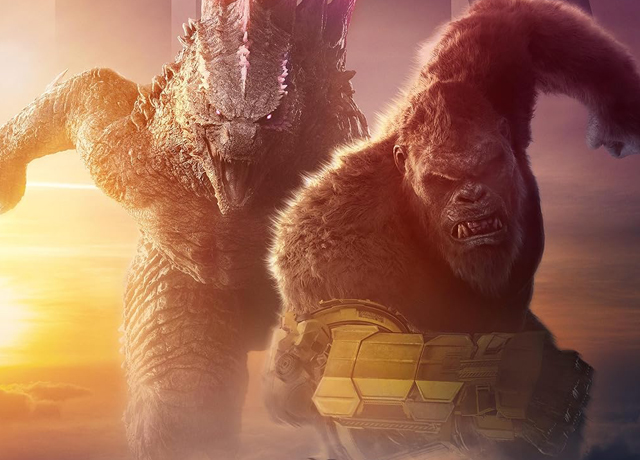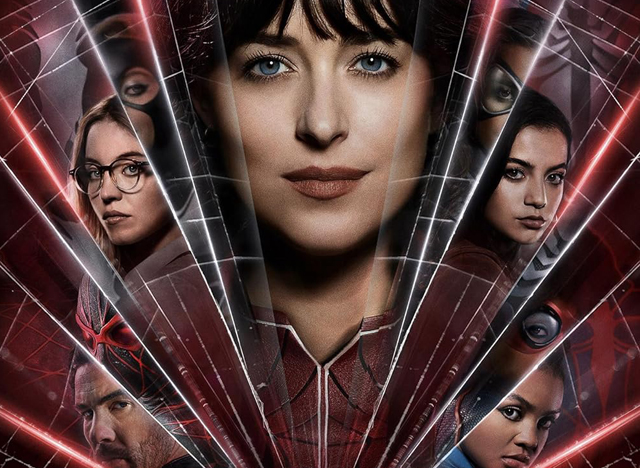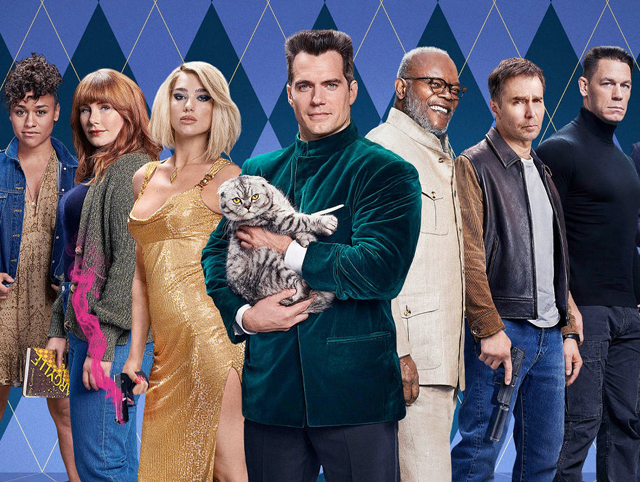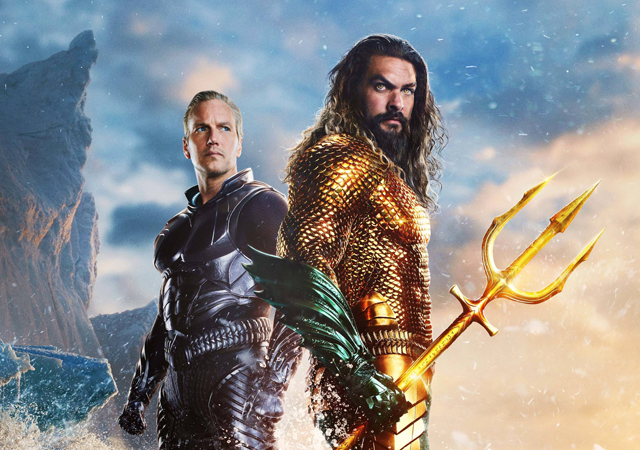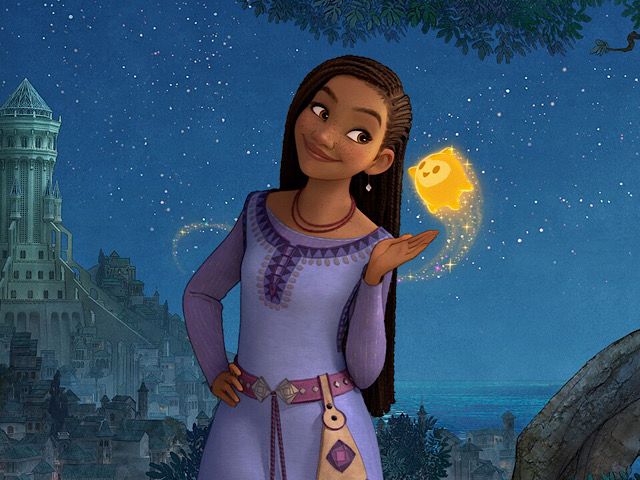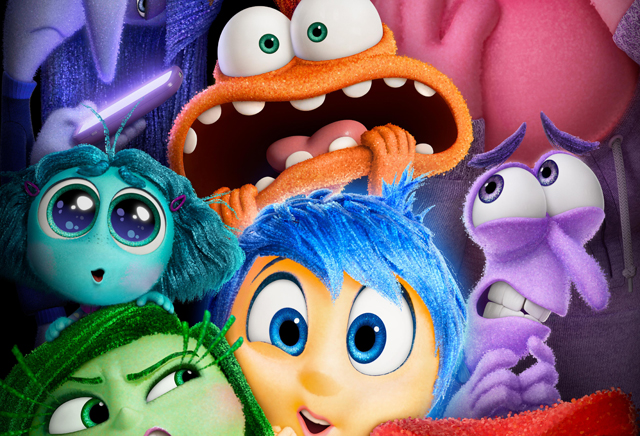
It’s been a tough few years for Pixar Animation. Towards the end of the last decade, the animation giant had two of the highest grossing animated movies of all time with Incredibles 2 (2018) and Toy Story 4 (2019). It was an era of great success and massive expansion for the studio. And then the Covid-19 pandemic hit in 2020. The theatrical run of their latest film Onward (2020) was cut abruptly short as theaters across the world would close for an indeterminate time. But even as the pandemic raged across the world, Pixar adjusted by moving their work out of the Emeryville, CA campus and into the homes of all the digital artists from the studio. The offices would be empty, but the show would go on. Delays in the re-opening of theaters would later prompt Pixar’s parent company Disney to ultimately make the decision to release the next Pixar film, Soul (2020), straight to streaming during the holiday season. It would be the first ever Pixar film to not get a theatrical release, but sadly it wouldn’t be the last. With the streaming wars heating up in the post pandemic world, then Disney CEO Bob Chapek made the decision to release the next two Pixar films in development, Luca (2021) and Turning Red (2022), as Disney+ exclusives, causing them to skip theaters as well. Unfortunately, Disney+’s gain was Pixar’s loss, as the straight-to-streaming method had the unintended effect of diminishing the Pixar brand as a force at the box office. And what’s worse, Pixar was being pushed to streaming while other parts of the Disney company were still allowed partial or full theatrical runs, including Disney’s own animation studio. So while Pixar films were still being generally well received, they were not being given the proper debut on the big screen that they were intended for. Once it was decided finally to give Pixar a chance to prove themselves again on the big screen, the damage to their brand value sadly became apparent.
The first Pixar film to be released theatrically post-pandemic was the Toy Story spin-off titled Lightyear (2022). There was hope that familiarity with the character of Buzz Lightyear would help boost the box office back to levels of Pixar at it’s peak. But, the film did not receive a warm welcome from fans. While nowhere near the worst thing that Pixar has made (I’m looking at you Cars sequels), Lightyear nevertheless left audiences confused and underwhelmed and that was reflected in the disappointing box office. While the opening weekend was strong, the movie fell back to earth and ended up being one of Pixar’s lowest grossing films ever; a rare money loser for the studio. Due to the double blow of the pandemic diminishing the Pixar brand and the mismanagement of the Chapek regime at Disney, the once mighty studio looked like it had lost it’s magic touch and was quickly becoming a shell of it’s former self. But then a miracle happened. Despite opening to a catastrophic low box office opening weekend, the next Pixar film Elemental (2023) managed to ride a wave of positive word-of-mouth towards achieving a healthy final gross that turned a small profit for Disney; one of the few films from the studio that actually succeeded in that difficult year. It did thankfully show that the Pixar magic was still alive and that even with all of the struggles laid at their feet, they were still capable of delivering movies that connected with audiences. But, what Pixar really needs is a major box office hit, one that can show that they can still reach the astronomical heights of their glory days. While some critics may see it as a selling out move, the best option right now for Pixar to build back it’s box office muscle is to work with an already established property that’s done well for them in the past and build upon it with a sure fire sequel. One of the most popular film’s of theirs from the last decade was the imaginative Inside Out (2015), and this week we welcome the newest chapter to that beloved story with Inside Out 2 (2024), a film that Pixar is hopeful will put them back on top again.
Inside Out 2 picks up where we left off from the first movie. Young Riley Andersen (Kensington Tallman) has become a teenager, and with that milestone now here, changes are beginning to happen to her physically and mentally. The emotions that have helped Riley become the person she is through her younger years, Joy (Amy Poehler), Sadness (Phyllis Smith), Anger (Lewis Black), Fear (Tony Hale) and Disgust (Liza Lapira) suddenly find their workplace disrupted by new construction. The switchboard console that they use to steer Riley’s emotional state has been updated, mainly to accommodate the new emotions that are about to move in; the ones that are brought on board once puberty starts. They include Anxiety (Maya Hawke), Envy (Ayo Edebiri) Ennui (Adele Exarchopoulos), and Embarrassment (Paul Walter Hauser). Anxiety immediately asserts herself in the “head” quarters, believing that the older emotions are incapable of adequately protecting Riley from all future threats. So, she has the original five bottled up and locked away in a vault. Not wanting to be suppressed emotions, Joy and the others break out and seek a way to get back to headquarters and restore Riley to her right state of mind. As they navigate their way through the labyrinth of Riley’s increasingly more complex mind, the effects of Anxiety’s plan begin to affect Riley both emotionally and physically. While attending an all girls Ice Hockey summer camp, Riley’s emotional mood swings begin to take their toll, and Anxiety and her team begin to realize that there are no simple solutions towards helping Riley become a better person. The question remains if Joy and the other original emotions can get back in time to help settle Riley’s mind before too much damage is done.
The original Inside Out is widely considered to be one of the top tier films in the Pixar canon. It was a massive box office success and would go on to win the Academy Award for Best Animated Feature that year. So, making a sequel to a film that beloved is certainly a risk, but it’s also one that Pixar has successfully pulled off many times in the past. One thing that worried people was that the original creative team from the first movie would not be returning for Inside Out 2. Director Pete Doctor has since risen in the ranks at Pixar to become the head of studio, and he has entrusted the future of his baby to longtime animator and first time director Kelsey Mann. Thankfully, Mann has proven to be the right person for the job as Inside Out 2 does not miss a beat in following in the footsteps of it’s predecessor. Truthfully, if there ever was a Pixar movie that perfectly lent itself to a sequel, it was Inside Out. The original movie even had the right set up, with the Puberty Alarm making an appearance at the end of the film. Like all the best sequels, Inside Out 2 build upon what has been built before but also doesn’t feel like it’s repeating the same beats. The movie wisely takes the story in a more mature direction, as the complexities of changing emotions are very crucial to the narrative. The movie ultimately is about emotions competing with each other, something that anyone can relate to as we’ve all experienced times when our emotions have gotten the better of us. It really does appear that Pixar is aware that their audience has grown up since the time the original film was released (which has been 9 years) and it is choosing to address it’s story with that added complexity and not dumbing things down in order to reach a younger demographic.
At the same time, it still remains incredibly funny, just like the first film. There certainly are the same puns and slapsticks moments that will keep the younger kids happy and entertained, but the movie also nails the more grown up jokes as well, especially the ones related to the awkwardness of becoming a teenager. I also really appreciate the direction that the story takes. While the original movie was an emotional journey to be sure, it was also one where the stakes weren’t terribly high. In Inside Out 2, the stakes are a bit higher, and for the first time it includes a character that fills an antagonistic role. The character of Anxiety is the best new addition to this franchise, because of the obstacle that she places in front of the characters that we love from the first movie. She’s not exactly a villain per say; her motives are paved with good intentions (mainly wanting to protect Riley from potential threats), but she just takes things too far, and that’s a really engaging angle to take with the story. It also makes her a good foil for Joy, who’s the other principle character of the story, and one whose personal journey has been about accepting that her place in Riley’s development may be diminishing for good. The one fault this movie has is that with the expanded roster of characters, there is less room in the story to have all of them have their moment to shine. One of my favorites from the original film, Sadness, unfortunately gets pushed more into the background, which is disappointing after seeing her play such a pivotal role in the first movie. And while there are some brilliant, powerful moments in this movie, it doesn’t quite have that emotional gut punch that the original movie had where it left the audience in tears. There’s no Bing Bong level moment to break your hearts, though some moments do come close. Other than that, the movie is as satisfactory as a narrative as the original, and in some aspects it improves on the original.
The voice cast, as is usually true with most Pixar movies, is uniformly excellent. Amy Poehler returns to voice Joy and doesn’t miss a beat. Lewis Black and Phyllis Smith likewise perfectly re-settle into their iconic roles as Anger and Sadness respectively. For whatever reason, the original voices of Fear and Disgust (Bill Hader and Mindy Kaling) did not return for this film, but thankfully their replacements Tony Hale and Liza Lapira are perfect in the roles. I dare say, they may actually be even better as Fear and Disgust, as those characters shine a bit brighter in the way they are used in this story. The newest cast members are also excellent. Of course Maya Hawke is the standout as Anxiety. She finds that perfect balance of making her the personification of an anxiety rattled mind, but having the restraint to also keep the character from being a one dimensional archetype. Hawke’s performance also helps to bring out the complexity of the character, making her sympathetic all the while she is spreading chaos. I also just love the design of the character, with Anxiety having this Muppet like profile with a giant grin that makes up like a third of her body, topped by bulging crazed eyes. The other new cast members don’t quite get the same attention, but they still manage to perfectly round out the emotions that they are embodying. I especially love Adele Exarchopoulos aloof performance as Ennui, who gets some of the best one-liners in the movie. I also should point out the excellent performance of Kenisington Tallman as Riley, as she a great job of projecting all of the emotional strain that this experience with her battling emotions is having on her. The movie does an excellent job of making all the scenes outside of Riley’s mind feel just as engaging as the one inside. There’s a harrowing coming-of-age story playing out for Riley, as we see her grapple with all of her changes and getting to a point where she pushes herself too hard. She becomes a well-rounded character in her own right, and not just the setting in which the more fantastical story is taking place.
The original film was widely celebrated for it’s beautiful animation, and time has only helped to improve what Pixar is capable of with regards to animation. While a lot of the movie still has a familiar aesthetic, it’s enhanced with the latest animation tools at Pixar’s disposal. All the returning characters have upgraded models that look even more stunning, especially in close-ups where you can see the individual particle beads that each of them are built out of. The same advancements goes for the character animation too. Each of the characters are wonderfully expressive in ways that feel perfect to their respective emotion. In particular, Anxiety is animated with quick, speedy actions that really fit the hyperactive persona she embodies. On the opposite end, Ennui has this body that’s almost wormlike, and when she isn’t lounging on a chair, she appears to slither her way into a standing position, which the animators hilariously put into motion. The visual aesthetic of the movie is also beautifully vibrant, with the inside of Riley’s mind being awash in this multi-color rainbow of a color spectrum, which extends into the characters. And to balance that, the outside world is more subdued and naturalistic, which provides a nice contrast. The original film also included much of the same beautiful contrast, but this film really extends the palette and goes bigger. It’s interesting that Inside Out 2 goes with a wider frame of 2.40:1, compared with the original’s 1.85:1 aspect ratio. It really helps to make the film feel a bit more epic despite covering a lot of the same environments as the first film. The scope aspect ratio is definitely called for with some of the set pieces, especially in the climax. One thing that especially benefits from the bigger frame is the added element of a personality tree that grows underneath headquarters. This beautiful set piece feels like something out of the world of Avatar (2009), and I love how the animators make it look like something that is organic in nature. It’s another wonderful addition that adds to what we’ve already seen in this world and makes the story richer. While the story certainly is a fine return to form for Pixar animation, this movie also shows that they are still at the forefront of visual artistry as well.
The hope is that Inside Out 2 is the movie that will hopefully re-establish Pixar as a force at the box office after so many years of struggle and neglect that has diminished their once dominant brand. The movie certainly earns any rewards it gets. It was a daunting task for the filmmakers to pull off as the original Inside Out is hailed by many as a masterpiece. If I were to compare the two, I’d still give the slight edge to the original, just because of the brilliance of that Bing Bing scene that we all remember cry over. But Inside Out 2 comes ever so close to edging past it because it pretty much equals the original in almost every single way. It’s emotionally involving, it’s incredibly funny, and it does a great job of taking the story into it’s next chapter without missing a beat. As far as sequels to Pixar movies go, I would absolutely count this as one of the best. It’s not quite at the level of brilliance as all three of the Toy Story sequels we’ve seen, but compared to all the ones that came out in the 2010’s, like Monsters University (2013), Finding Dory (2016) and Incredibles 2 (2018), this is the one that has come closest to matching it’s predecessor in quality. And of course it is astronomically better than either of the Cars sequels. It’s interesting to think of how kids who grew up with this movie over the last 9 years will respond to this sequel. Many who were 5 or 6 when the original came out are probably the same age as teenage Riley in this film, so the movie may be extremely relatable to them. The thing I love about these two Inside Out movies is that they treat their audience intelligently no matter what age they are. There’s enough for the littlest of kids to be entertained with, but adults will also find a lot to think about with this movie. These movies are incredible meditations about emotional intelligence, and they probably work as great tools for the psychological community to help explain complex concepts around therapy and emotional well being to the average lay person. Pixar once again shows that they are at the top of their game with Inside Out 2, a sequel that is every bit as entertaining as it’s predecessor, and the hope is that it will also bring back good fortunes for the studio after a rough couple of years. Especially in a year where people are worrying about the state of movie theaters, the best outcome would be for Pixar to come out looking like the savior of the Summer with a strong box office showing. Now that would be something to be joyful about.
Rating: 8.75/ 10


